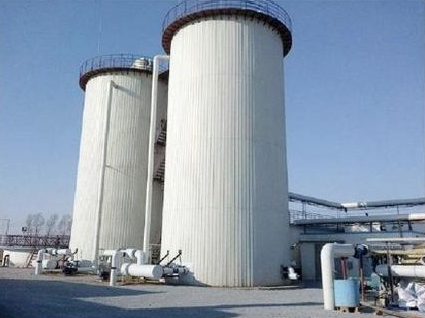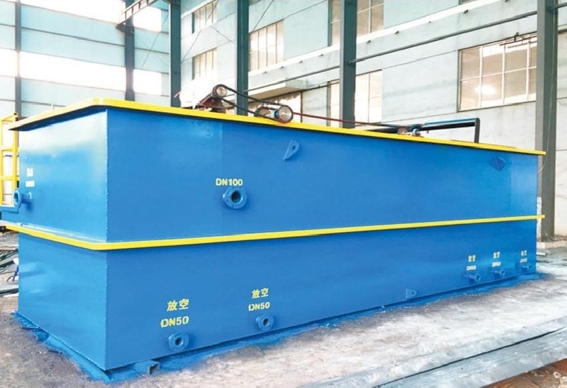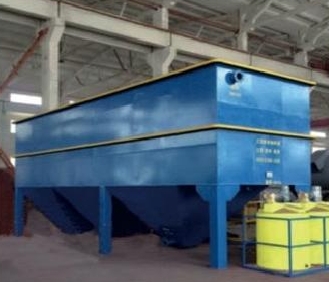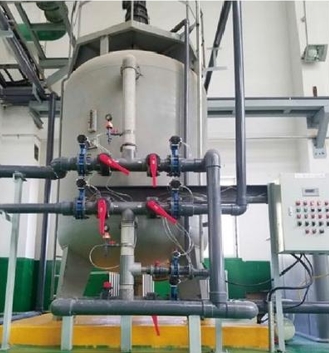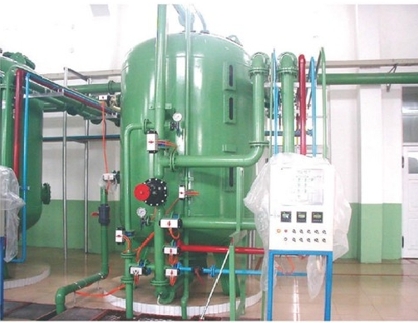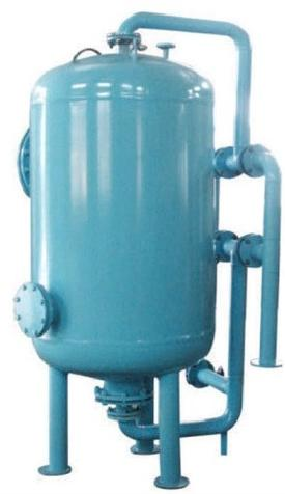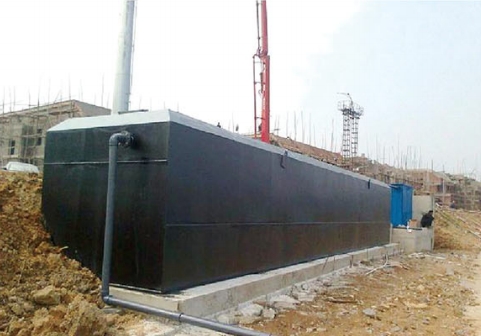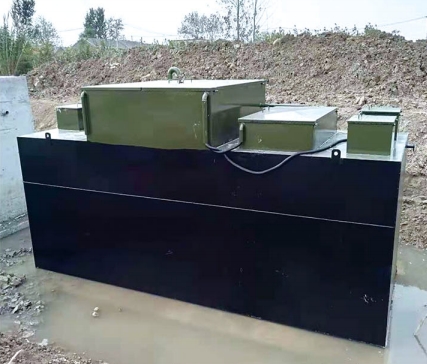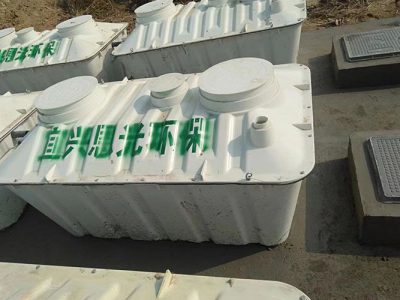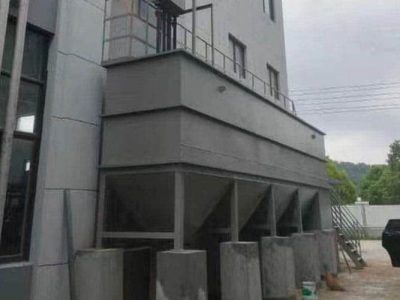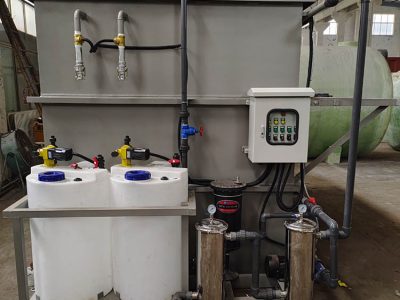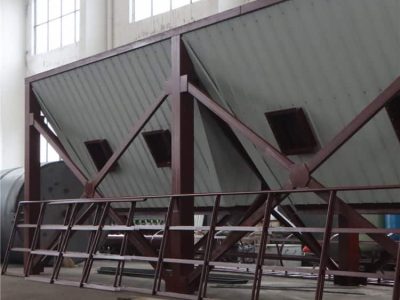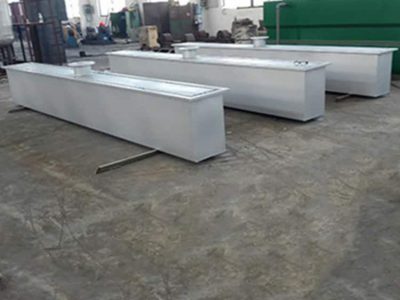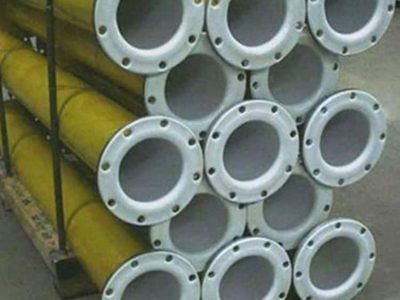intro
Anaerobic biological treatment of wastewater is an important technology in environmental engineering and energy engineering, and is one of the powerful treatment methods of organic wastewater. In the past, it was mostly used for the treatment of sludge, organic waste and some high-concentration organic wastewater in urban sewage plants. In the form of buildings, ordinary digesters were mainly used. A long time to limit its use in wastewater treatment, since the 1970s, the world energy shortage has become increasingly prominent, can produce energy sources of wastewater anaerobic technology has been paid attention to, research and practice continue to deepen, the development of various new processes and equipment, greatly improve the anaerobic reactor in the activated sludge holding, so that the treatment time is greatly shortened, Increased efficiency.
The HUBF anaerobic tower is a high-efficiency multistage internal circulation reactor that is typical of the second generation of anaerobic reactors, as well as the third generation of anaerobic reactors
In contrast, it has the advantages of symmetrical water distribution, high capacity load (up to 15-30kgCOD/m³ ·d) stable operation, strong impact load resistance, project investment, and less land. It has been successfully used in the wastewater treatment of wine, paper industry, grain processing and other manufacturing industries.
Water distribution evenly: HUBF anaerobic tower because of the selection of system disk, more, single inlet flow monitoring and other countermeasures, so that the water distribution is more balanced.
The anaerobic reactor consists of a water distributor, a three-phase separator, a gas collecting chamber and an external water intake system. The waste water enters the anaerobic reaction tower through the sewage pump, and the organic matter in the waste water is fully in contact with the sludge at the bottom of the anaerobic tank, and most of it is treated and absorbed. High hydraulic load and high gas load make the sludge and organic matter fully mixed, the sludge is in a full expansion state, the mass transfer rate is high, and the anaerobic reaction rate and organic load are greatly improved. The resulting biogas rises to the top and is separated from the sludge, sewage and biogas by a three-phase separator. From the actual operation, the removal rate of organic matter in the anaerobic reactor is as high as 85%, and the operation is stable. This anaerobic technology has been very mature and has been widely used in domestic medium and large enterprises.
Basic principle
Basic definition:
Anaerobic biological treatment of wastewater refers to the use of anaerobic organisms (including aerobic organisms) to remove complex organic compounds in wastewater under the condition of no molecular oxygen
The process of converting molecules into substances such as methane and carbon dioxide is called anaerobic digestion.
Anaerobic biological treatment of sewage is a treatment method that makes use of the degradation of anaerobic microorganisms to purify organic matter in sewage under the condition of no oxygen. In the absence of oxygen, anaerobic bacteria in sewage decompose organic compounds such as carbohydrates, proteins and fats into organic acids, and then under the action of methanobacteria, further fermentation to form methane, carbon dioxide and hydrogen, so that the sewage can be purified. It is one of the good treatment methods for domestic sewage sludge, industrial wastewater with high concentration of organic matter and feces.
Anaerobic digestion treatment is divided into three stages:
The first stage: hydrolysis acidification stage
The second stage: hydrogen and acetic acid production stage
The third stage: methane-producing stage
Let’s talk about it
- Call UsCall Us:86-13961584632
